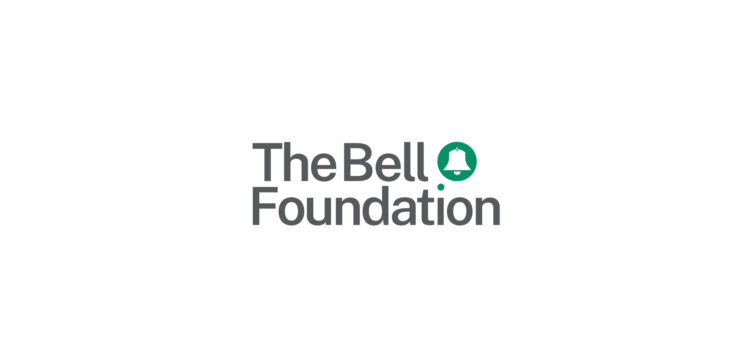Using Comprehensible English – for Secondary School (Online Regional Training)
- Date
- TBC
- Price
- £45
- Type
- Online course, Regional training
- Location
- Online
Explore our seven calls to action for the new Government to integrate children who use EAL.

A substitution table is when a teacher provides a table giving model sentences with a range of choices for learners to select from, using a set pattern. It is a very useful scaffolding resource which extends the speaking or writing skills of EAL learners and can be used as a reinforcement of newly-acquired language. Substitution tables can be used:
Substitution tables are laid out in a grid and the learner moves from left to right, making a selection in each column in order to construct a sentence. They can be made up of:
Substitution tables are useful in all curriculum areas, for any age range and can be used with EAL learners from New to English to Competent.
1. Predicting:
An example of a simple substitution table for Key Stage 1 can be seen in At the Seaside. Here learners are practising the future tense and being supported to talk about what they expect to do on a forthcoming school trip: At the seaside I will play with a bucket and spade. This can be used as a scaffold for speaking or for writing.
2. Sequencing language:
Another example from Key Stage 1 is Local Environment where a substitution table is provided to scaffold sequencing language. In this example learners are practising the simple past tense and describing their journey to school: First I walked past the post box. Then I…
3. Collaborative group work:
Although substitution tables are often used to scaffold writing, they can also form a basis for collaborative group work. For example in Friction Game learners are expected to discuss how much friction different activities produce and what the effect of this is: Oiling a bicycle chain produces hardly any friction which makes movement keep going or speed up.
4. Integrating language and learning:
Substitution tables can be used to highlight key features of English at the same time as meeting a curriculum objective. For example in this example from Coastal Towns learners need to decide whether to use ‘is’ or ‘are’ as well as which town the sentence applies to: There are cliffs at… There is a lighthouse at…
5. Differentiation:
Substitution tables can easily be differentiated by providing a visual version and a text version. Here is an example from Organs and Systems where this has been done.
Top tip: Choose a language structure that is short, not too complex, commonly used in English and appropriate for the curriculum subject being taught. There are lots of examples on this website.
Substitution tables provide models for learners to practise target language and support the development of specific grammatical features within the context of the curriculum (NALDIC 1999). They are a form of modelling and of scaffolding. Scaffolding is a key concept in Vygotsky’s work on the relationship between thought and language (e.g. Vygotsksy 1962), and Bruner’s research in the 1970s (e.g. Bruner 1975) also looked at this and suggested that language learning is scaffolded by what he termed the learner’s Language Acquisition Support System. More recently, practitioners like Gibbons emphasised the importance of scaffolding language as well as learning when working with EAL learners (Gibbons 2015).
They help learners to generate grammatically accurate sentences while still having an element of choice over the content so they will be writing their own sentences not just copying a model, which is motivating and generate a sense of achievement. They provide a way of supporting learners to develop academic language, making key features of English explicit and focusing on key phrases and structures rather than simply key words, as recommended by researchers like Cameron and more recently Alali and Schmitt (2012).
Alali, F. and Schmitte, N. (2012). Teaching formulaic sequences: The same or different from teaching single words? TESOL Journal 3, 2: 153-180.
Bruner, J., 1975, Language as an instrument of thought, in A. Davies (Ed.), Problems of Language and Learning, London: Heinemann.
Gibbons, P., 2015, Scaffolding language scaffolding learning (2nd edition), Portsmouth NH: Heinemann.
NALDIC, 1999, The distinctiveness of English as an Additional Language: a cross-curricular discipline, National Association of Language Development in the Curriculum, Working Paper 5.
Vygotsky L. S., 1962, Thought and language. Cambridge, Mass.: MIT Press.